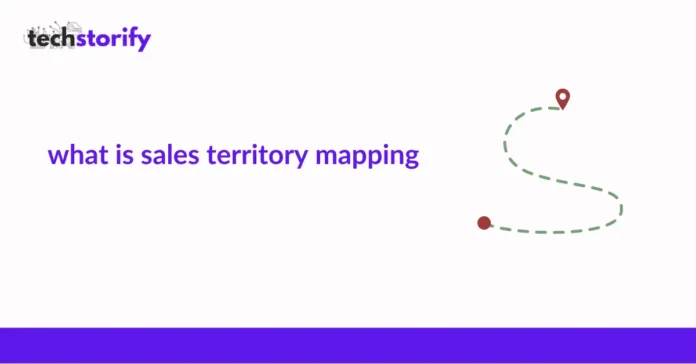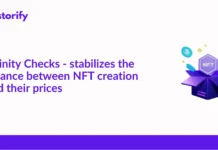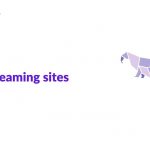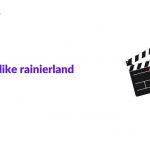Sales territory mapping helps businesses organize sales territories to promote sales productivity overall. A business owner can use territory map software to develop parameters that make the most sense for their team, improving revenue potential, establishing distance from the warehouse, and finalizing demographics within each area.
Depending on the business’s requirements, owners can determine specific boundaries through multiple factors. These limitations may include customer concentration, transportation routes, and population density. As the variables will constantly shift and change, keeping these details organized and current is imperative.
Contents
Looking Into Sales Planning Trends
Using a data-driven approach to sales can help shift company profits. Sales teams that use territory mapping will typically see an increase in closing rates overall. This is particularly relevant when an organization tries territory mapping using geographic boundaries that are too large. Optimized sales territories will often increase sales, improving how a team functions.
Why Does a Company Need Sales Territory Mapping Software?
Territory mapping can hold several benefits but ultimately helps your team perform at their best while boosting sales. The planning is complex and challenging, especially when factoring in economic shifts. Thankfully, automated software can automate a large portion of the process.
Sales territory mapping allows a sales team more flexibility, particularly when managing their territories. Businesses can quickly identify trends and arrange territories to maximize efficiency. By developing custom territories using multiple factors, the team can simultaneously target efforts and improve their results. Having automated software can also enhance the analysis and interpretation of customer data.
Finally, Sales territory mapping can assist sales members in identifying potential new customers and monitoring the progression of existing clients. With ongoing monitoring and support, the team can effectively target their efforts and close more significant portions of deals.
Understanding the Different Types of Sales Territories
Multiple types of sales territories are available, each offering unique benefits for goal setting. To determine the best option for your company, you’ll need to establish what success looks like for the sales team. For instance, a few companies may want to target demographics, while other territories may wish to arrange boundaries according to the available facilities.
Different boundary maps include:
Customer Territories:
The current company customers determine these areas. A company may hold different boundaries for different types of service, whether residential and consumer, or large business and small.
Geographic Boundaries:
Arguably the most common type of boundary, these territories will use physical location to determine the area. Examples of geographic boundaries include zip codes, city limits, or local proximity.
Industry Boundaries:
An industry territory will look at the various industries within a sales funnel and use those for boundary limitations. This boundary may include a company with pharmaceutical and grocery lines.
Product Territories:
A company may use these parameters for different services or products it sells. The business may have a few territories for the product lines, limiting overlap as a result.
Sales Channel Boundaries:
These parameters consider the various sales channels a company uses overall. These boundaries may include online or retail locations and direct or indirect sales.
Conclusion
Whether you’re a small business or a large enterprise, having sales territory mapping software benefits the entire company. Although the sales team directly benefits from all boundary mapping, improved sales and productivity is helpful to the company overall. Sales territory mapping can help businesses understand their customer base, including specific demographics and details. Owners can integrate the mapping software with their sales and marketing efforts, working simultaneously to improve growth and profitability. While each boundary definition varies by criteria, they all ultimately help the company overall.













